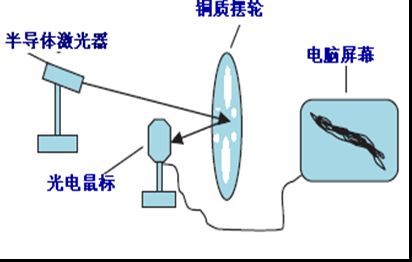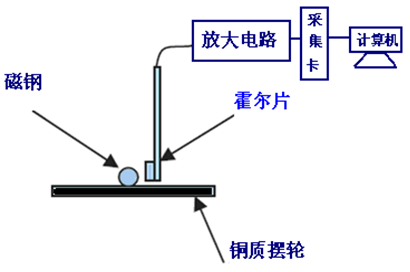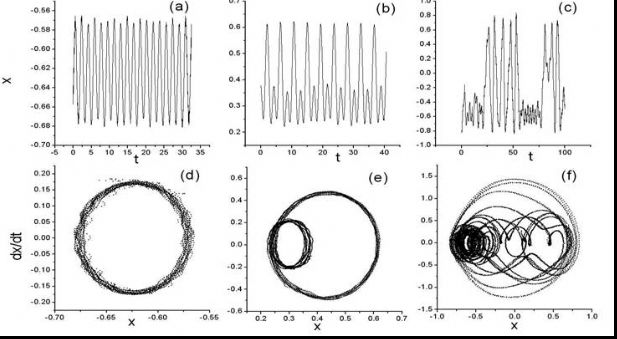扭摆实验是研究简谐振动、阻尼振动和受迫振动的一个综合性实验,是一个很受学生欢迎的实验。传统的测量周期和振幅的方法是用光电们,但是它不能得到连续变化的周期和振幅。为了方便地得到这两个物理量,我们提出利用学生熟悉的霍尔元件和光电鼠标来实现非接触数据采集。这两种方法设计简单巧妙,使用方便,且成本低廉,还可以推广应用到其它实验。基于此工作的论文已经发表在欧洲物理杂志(European Journal of Physics)。
《欧洲物理杂志》的审稿人对该篇文章给予了很好的评价:
General comments of Referee: The paper describes two simple and inexpensive non-contact methods used to acquire data in an undergraduate laboratory set-up. The results obtained for a torsion pendulum experiment are used to illustrate both data acquisition methods.
In my opinion, the paper will be of interest to teachers involved in the development of experiment at undergraduate level, as it demonstrates the use of Hall sensors and the optical mouse as valuable and cost-effective motion sensors. The paper is within the scope of the
European Journal of Physics,
and the material presented is likely to be used by readers of the journal not only in the context of the specific experimental set-up described in the manuscript, but also in other experiments.
审稿人的评价:该文描述了两种既简便又经济实用的本科生实验的非接触数据采集方法,并将这些方法成功用于扭摆实验的数据采集中。我认为,从事大学实验开发的教师将会对此工作非常感兴趣,就像该文中展示的把霍尔传感器和光电鼠标作为有用且又便宜的转动传感器那样。论文适合于欧洲物理杂志,文中介绍的素材不单就该种特定实验装置有效,也可应用于其他实验。
图一 装置示意图

图二 用光电鼠标测量摆角

图三 用霍尔元件测量摆角

图四 振动过程及相图
